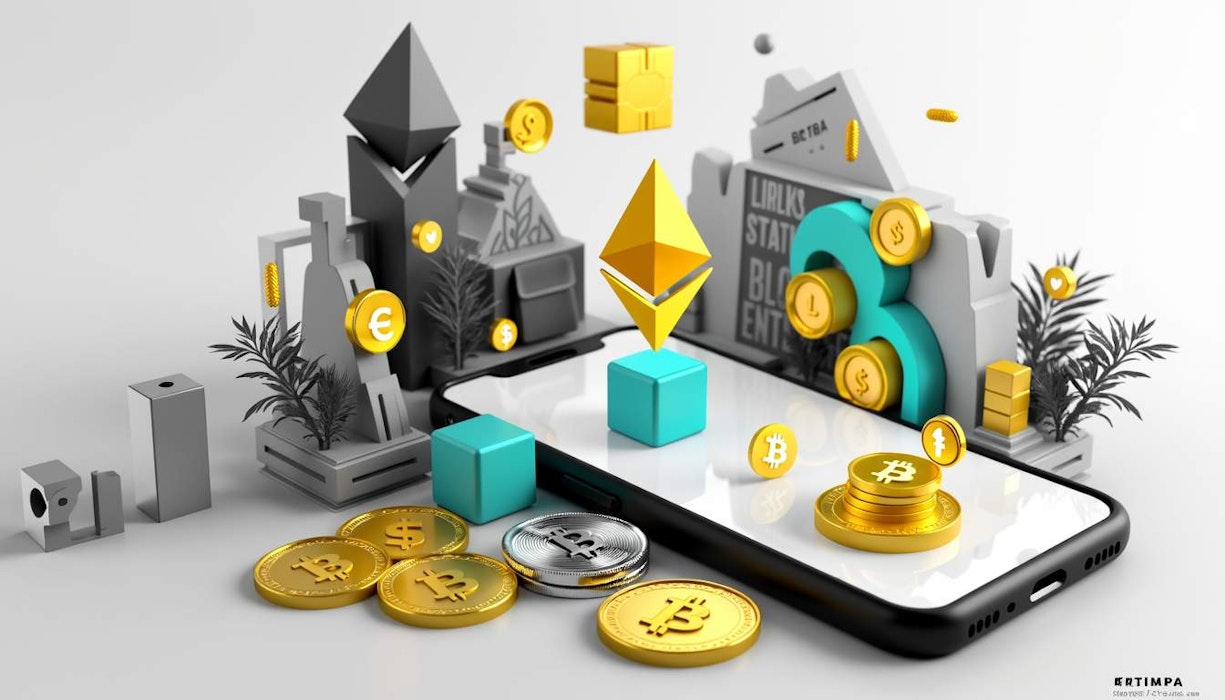What does it mean for BGB to be used for multi-chain gas payments?
The move to allow BGB as a payment option for gas fees across multiple chains is a notable milestone for the crypto world. Now, users can utilize BGB to cover transaction fees on various blockchains, which simplifies a previously fragmented process. It removes the burden of needing distinct gas tokens for each blockchain, making it easier for users to engage with diverse networks, including Ethereum, Solana, BNB Chain, Polygon, Base, Arbitrum, Optimism, TON, and Tron.
How does this affect decentralization?
Utilizing a singular token for gas payments can have mixed implications for decentralization. On one hand, it streamlines the user experience, potentially attracting a wider audience to DeFi and blockchain technology. This could foster greater decentralization by encouraging wider participation and lowering barriers to entry, which is a fundamental principle of blockchain technology.
On the flip side, however, it could introduce centralization risks. If a single entity controls or wields significant influence over the token, that could centralize power and decision-making, undermining the decentralized ethos of blockchain. Such centralization risks could create vulnerabilities, including single points of failure and reduced user autonomy.
In what way does the GetGas feature facilitate transactions?
The GetGas feature incorporated in Bitget Wallet enables users to pay gas fees using BGB, USDT, or USDC across numerous blockchains. This feature significantly lowers transaction complexities and enhances user-friendliness. By using a single token for gas fees rather than multiple tokens specific to each chain, users can avoid the hassle of managing several tokens, which can be a cumbersome experience.
What advantages does this provide to users?
For users, the main advantage lies in the simplification of transaction processes and cost reduction. The Bitget Wallet's Reward Center gives users opportunities to earn free gas vouchers by completing simple tasks, helping to further reduce transaction costs. This is designed to unlock new avenues in decentralized finance (DeFi) and payment finance (PayFi), making the technology more accessible and easier to navigate.
What are the effects of Bitget's token burn strategy?
Bitget is aiming to burn 40% of its total BGB token supply, cutting it from 2 billion to 1.2 billion. Starting in 2025, the company will initiate quarterly token burns, utilizing 20% of its profits from exchange and wallet operations for this process. Token burns involve permanently removing tokens from circulation, and this practice carries both potential benefits and risks.
What benefits could token burns provide?
Token burning inherently diminishes the total token supply, which can elevate the value of the remaining tokens due to scarcity. This mirrors the effect of companies repurchasing their shares. By reducing circulating supply, token burns can stabilize the market, curtail excessive inflation, and diminish large price fluctuations, which can enhance investor confidence and minimize volatility.
What are the risks involved with token burns?
A key risk is the perception of price manipulation. If the reasons for the burn and its expected outcomes are not clearly communicated, it could be seen as an attempt to manipulate prices, potentially damaging the project's reputation and attracting regulatory scrutiny. Additionally, token burns are irreversible—the tokens sent to a burn address cannot be reclaimed, which poses a risk if a burn turns out to be detrimental to the project.
How does this integration influence the cryptocurrency ecosystem as a whole?
The integration of BGB for multi-chain gas payments and the token burn strategy can have significant implications for the broader cryptocurrency ecosystem. By making transactions simpler and more cost-effective, Bitget Wallet bolsters the accessibility of decentralized finance (DeFi) and payment finance (PayFi) systems, potentially attracting a greater user base and fostering blockchain technology's adoption.
What does this mean for small businesses in Latin America?
This integration might lower transaction costs and streamline operations, but its specific impact on small businesses in Latin America is not entirely clear. These businesses face substantial challenges, including high cross-border payment fees and limited access to retail payment services. Enhancements in cross-border and digital payments are critical for lowering these costs and improving economic efficiency.
If Latin American small businesses utilize Bitget Wallet and the BGB token for gas payments, they may benefit from the efficient transaction processes. However, this would necessitate their integration into the blockchain ecosystem and the specific services provided by Bitget Wallet.
How do token burns impact hyperinflationary economies?
Token burns can play a vital role in managing inflation and stabilizing the cryptocurrency economy, especially in hyperinflationary environments. By removing tokens from circulation, token burning helps control inflation. This can stabilize the token economy and prevent the excessive dilution of token value.
Token burns reduce supply, potentially increasing the value of remaining tokens for long-term holders. However, it does not make the tokens more accessible; rather, it creates scarcity. Scarcity can attract more investors but may also make it more challenging for newcomers to acquire tokens at lower prices.
In conclusion
In conclusion, the integration of BGB for multi-chain gas payments and the token burn strategy by Bitget Wallet are significant developments in the cryptocurrency landscape. They simplify transactions, lower costs, and may enhance the accessibility of decentralized finance (DeFi) and payment finance (PayFi) systems. Balancing these benefits with potential risks will be critical for maintaining the core principles of blockchain technology.
